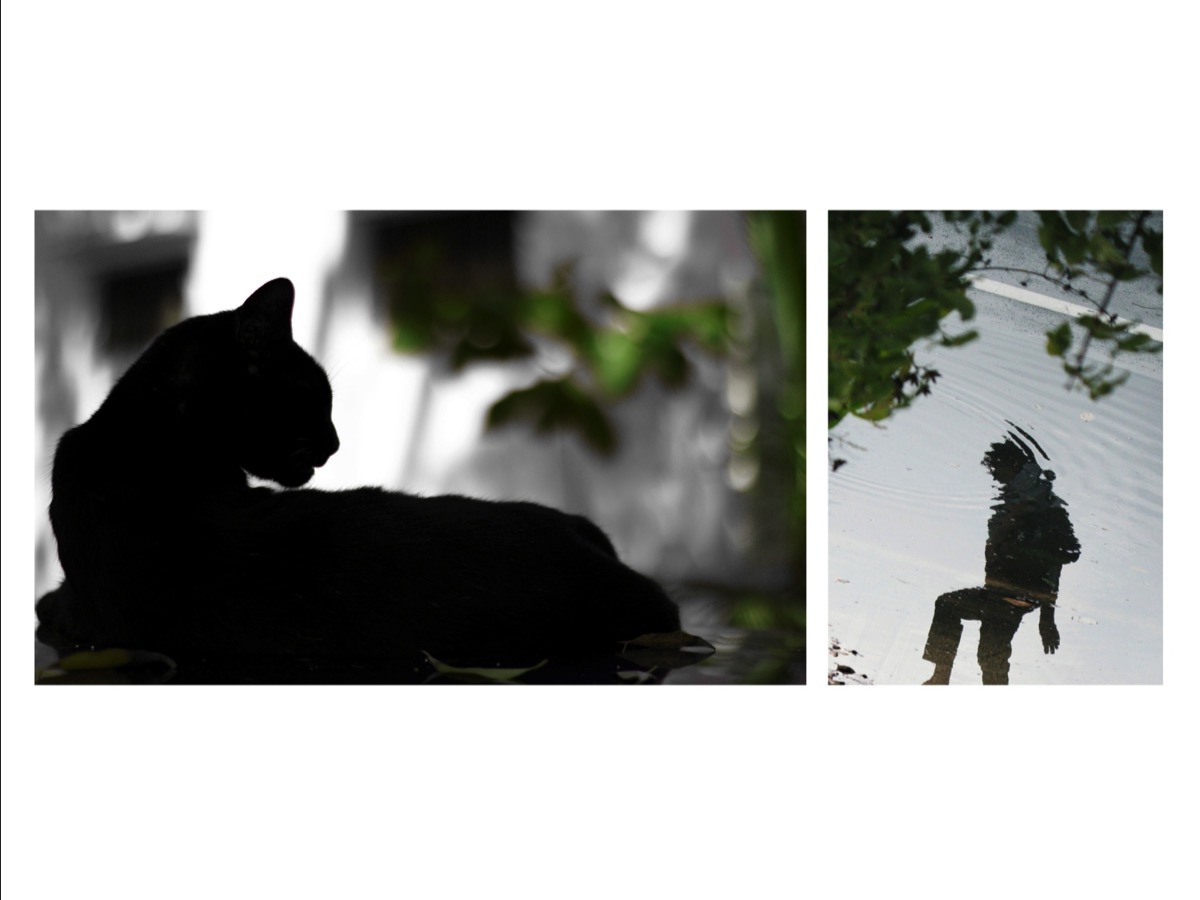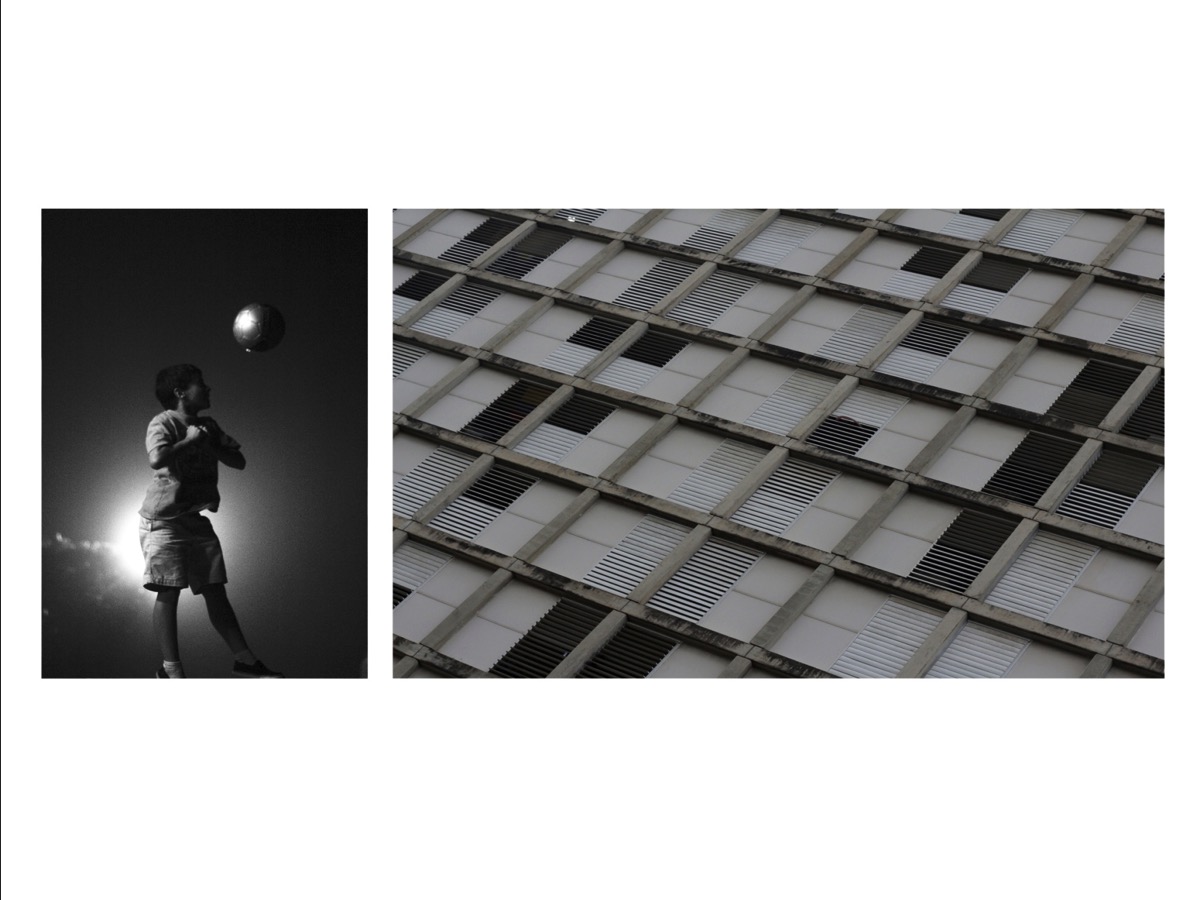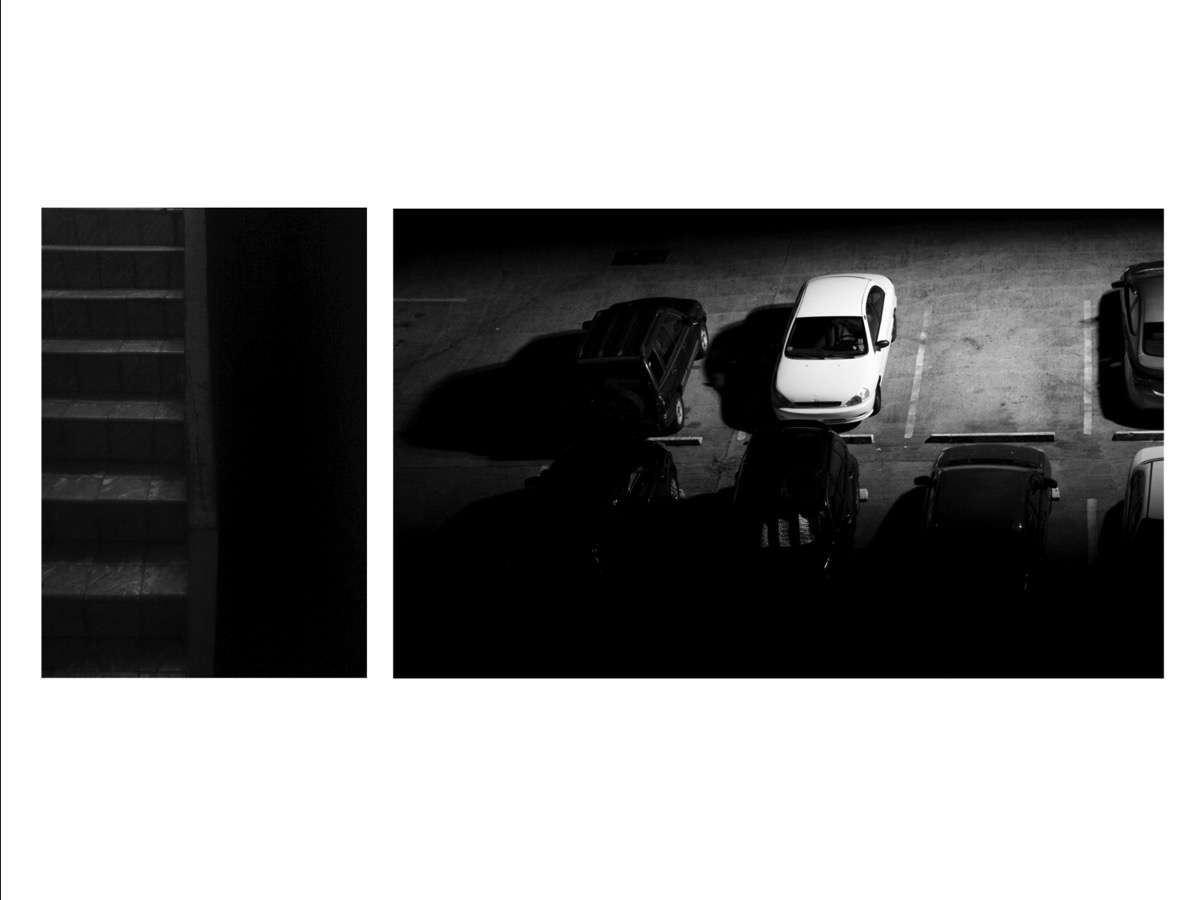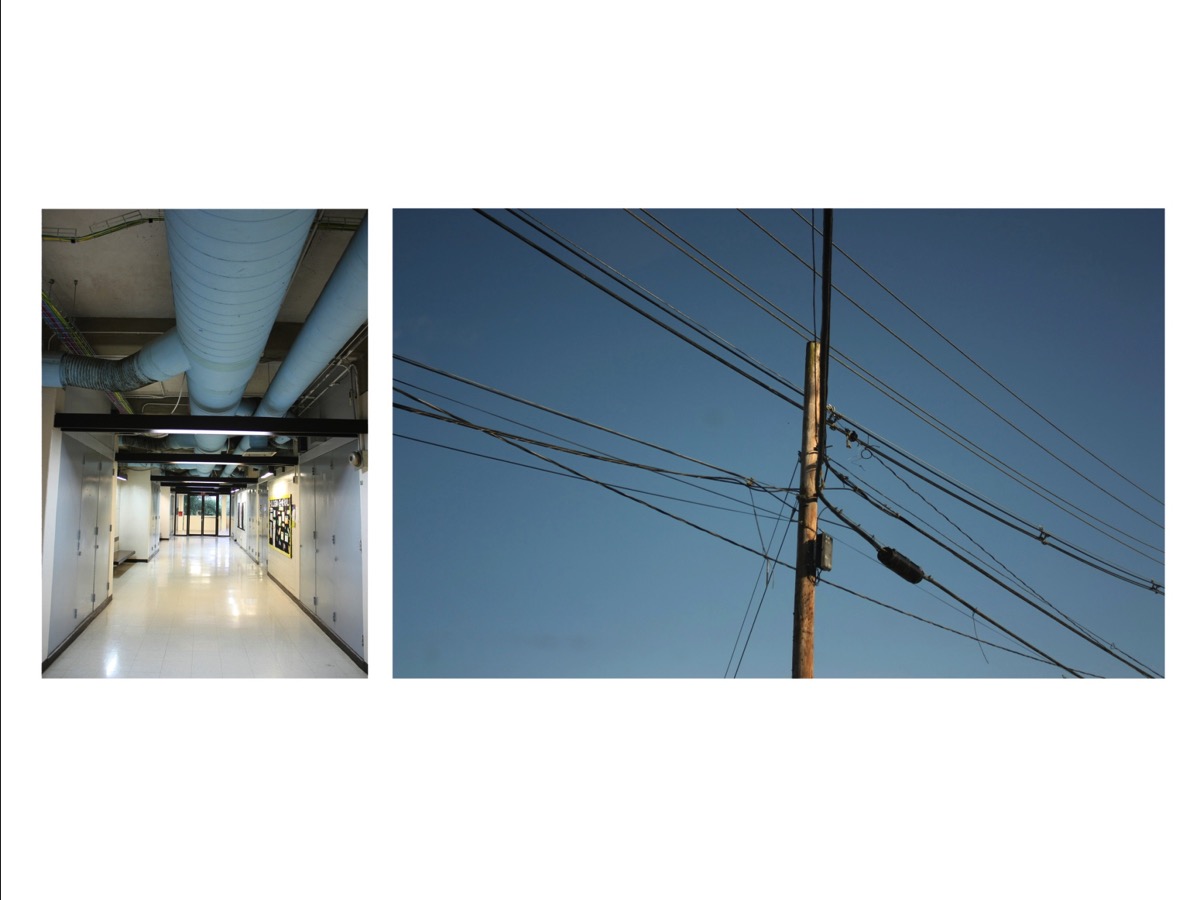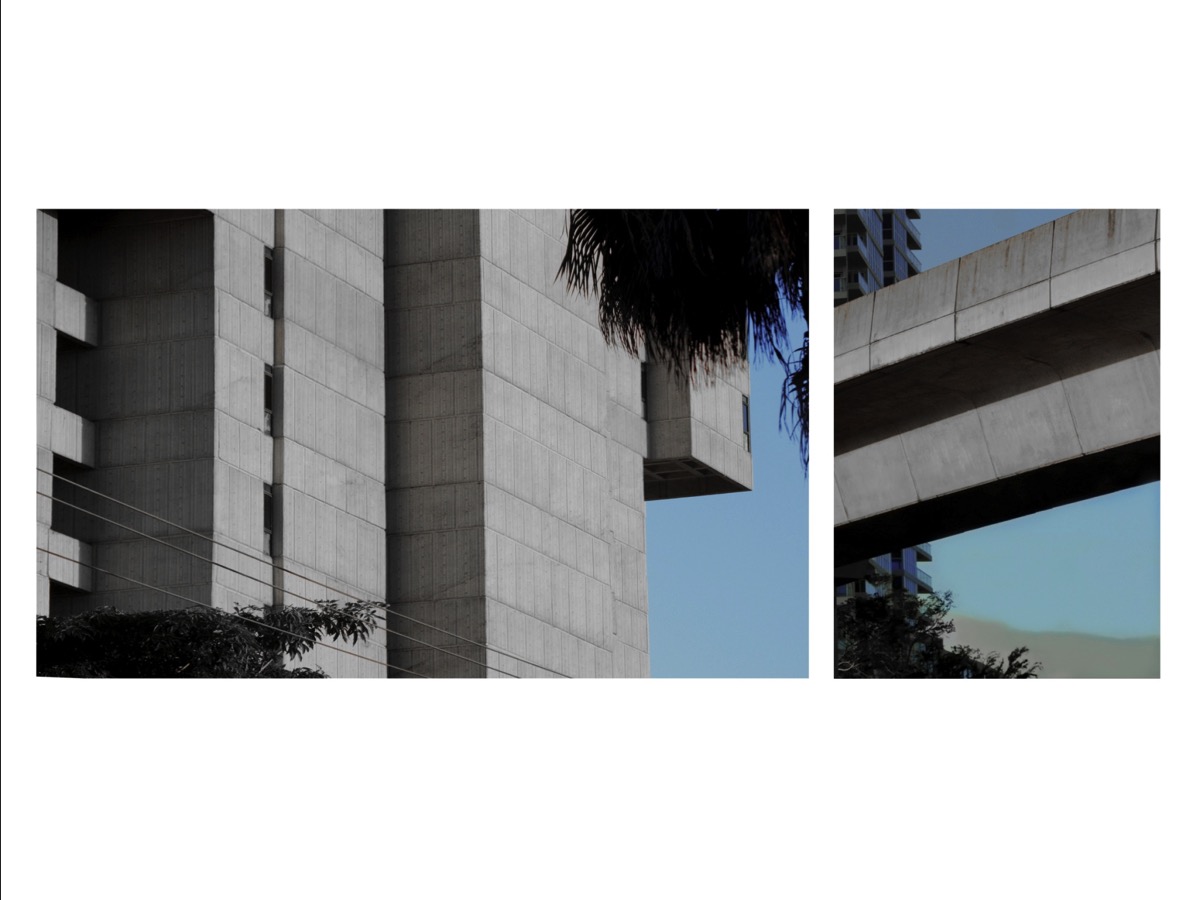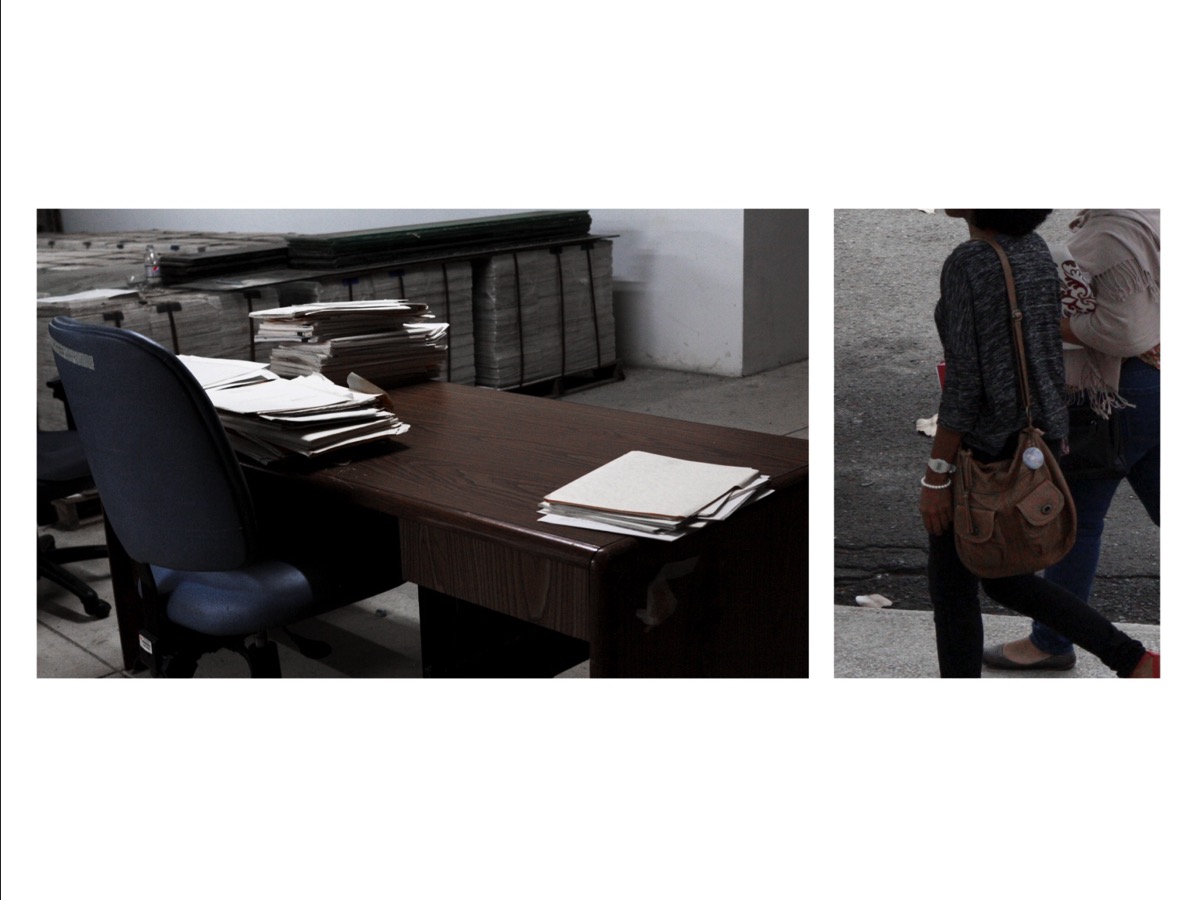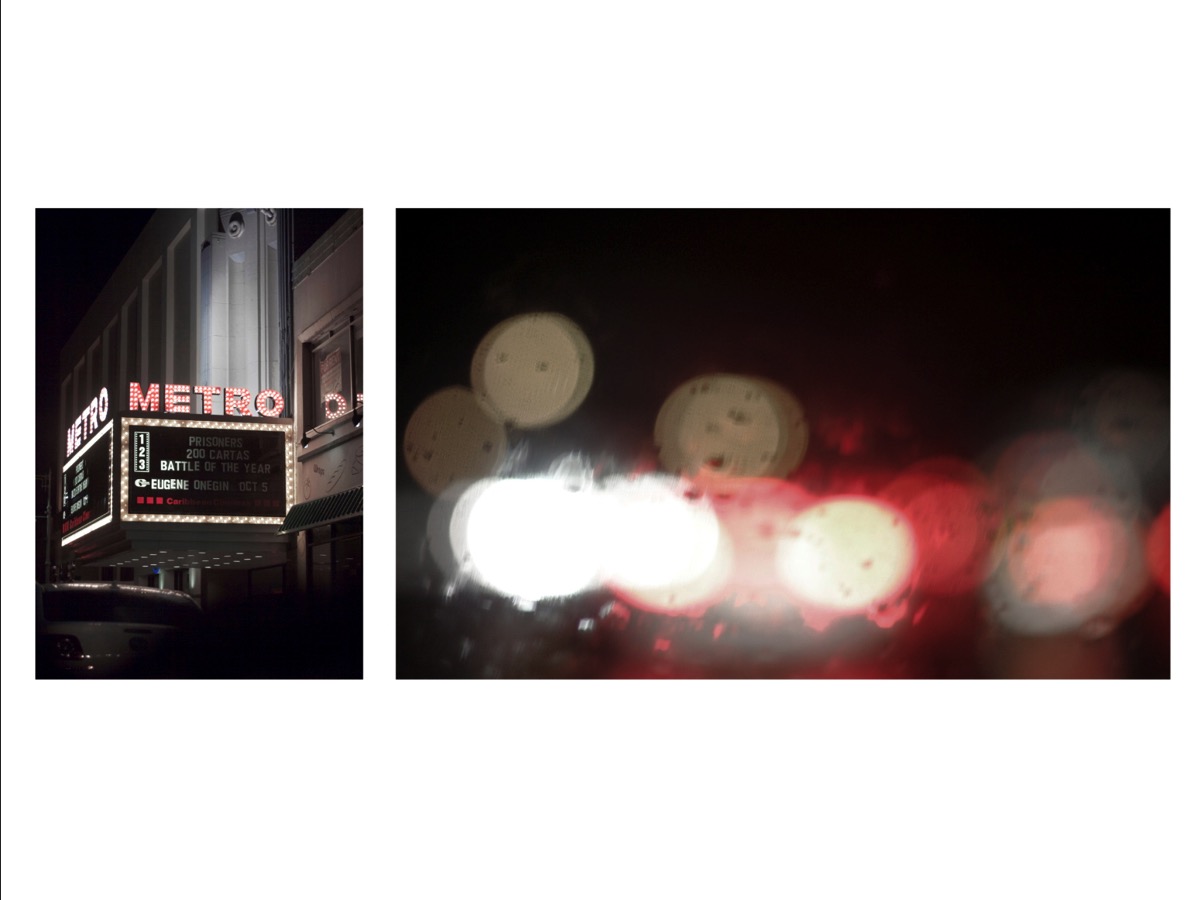Table #2 presents the colony forming units that grew in the four different media. The PDA medium represents the negative control, while, the TSA medium
represents the positive control. P. mirabilis, E. aerogenes, and E. coli show greater numbers of CFUs per culture medium in PGS
than E. faecalis, S. aureus and P. aeruginosa. However, the spread plates containing Proteus mirabilis were
contaminated with Pseudomonas aeruginosa. Therefore, it contains a greater numbers of colony forming units in comparison to the rest of the
microorganisms. The bacterial organism used for the bacterial spread plates were taken from a 1:100,000 dilution in a 0.85 % saline solution.
Studies of human oral and gut bacteria have shown an inhibition of bacterial growth in the presence of sucralose (Young & Bowen, 1990). Daily
consumption of sucralose can reduce the number and the balance of beneficial bacteria in the gastrointestinal tract by 50 % or more; moreover, bacterial
populations do not return to their original level even after a 3-month recovery period (Schiffman & Rother, 2013). They also observed significant
reduction in the beneficial bacteria with a dose of 1.1 mg a day per kilogram of body weight (Schiffman & Rother, 2013); this corresponds to the
estimated daily intake established by the FDA (FDA, 2006). In principle, a reduction in the beneficial bacteria could cause digestive problems.
Furthermore, if sucralose does inhibit bacterial growth, the type of inhibition would need to be identified as either bactericidal (killing the bacteria)
or bacteriostatic (slowing bacterial metabolism), and the mechanisms of such inhibition should be elucidated. (Young & Bowen, 1990; Lange, Scheurer
& Brauch, 2012; Sang et al., 2013) The bacteriostatic effect may be due to a decrease in sucrose uptake by bacteria exposed to sucralose. Studies
determined that sucralose inhibits invertase and sucrose permease. (Schiffman & Rother, 2013; Lange, Scheurer & Brauch, 2012; Sang et al., 2013)
These enzymes cannot catalyze hydrolysis or be effective in transmembrane transport of the sugar substitute.
Finally, our results suggest that this pilot model could be a relatively simple alternative in experiments in laboratories of biosafety level 1 because of
its basic preparation and easy accessibility. However, more empirical test should made with a greater number of bacteria to determine the extent of the
possible antibacterial effect of sucralose in the PGS medium. Moreover, to identify the type and mechanism the inhibition of sucralose more experimentation
is required. As a suggestion for future work, probiotic bacteria should use to evaluate a possible inhibitory effect of sucralose over the beneficial
microflora of the intestines.
Notes
[1]
The measurements were taken from the fungus mycelium. Moreover, the formula used was: Growth Diameter = (highest diameter ) X (smallest diameter) / 2
[2]
In the conventional view by statisticians, qualitative methods produce information only on the particular cases studied, and any more general conclusions
are considered propositions. In other words, it deals with descriptions and data that can be observed but not measured.
[3]
Quantitative methods are used to seek empirical support for since it deals with numbers and data can be measured.
References cited
Bauer, R., Waldner, G., Fallmann, H., Hager, S., Klare, M., Krutzler, T., Malato, S., & Maletzky, P. The Photo Fenton Reaction and the TiO2
/UV Process for Waste Water Treatment. Catalysis Today. 1999. 53 (1): 131-144. Digital
http://www.sciencedirect.com/science/article/pii/S092058619900108X
Cooper, G. Tools of Cell Biology. The Cell: A Molecular Approach. Washington, D.C: ASM Press, 2000. Print
Food and Drug Administration. Food Labeling: Health Claims; Dietary Noncariogenic Carbohydrate Sweeteners and Dental Caries. Federal Register.
2006, 71 (60): 15559-15564. PMID 16572525. Digital
http://www.gpo.gov/fdsys/pkg/FR-2007-09-17/pdf/E7-18196.pdf
Gray, M. Intestinal Digestion and Maldigestion of Dietary Carbohydrate. Annual Review of Medicine. 1971, 22: 391-404. Digital
http://biblioteca.uprrp.edu:2137/doi/pdf/10.1146/annurev.me.22.020171.002135
Grice, H., & Goldsmith, L. Sucralose, an Overview of the Toxicity Data. Food Chemical Toxicology. 2000, 38: S1-6. PMID 10882813.
http://www.sciencedirect.com/science/article/pii/S0278691500000235
http://www.ncbi.nlm.nih.gov/pubmed/10882813
Knight, I. The Development and Applications of Sucralose; a New High-Intensity Sweetener. Canadian Journal of Physiology and Pharmacology . 1994, 72: 435-439.
http://biblioteca.uprrp.edu:2078/Search.do?product=UA&SID=1E4R7nFeahQR1VRTBWP&search_mode=GeneralSearch&prID=750f6f5a-3eab-40c4-bf0a-d94edb02b7fe
Lange, F., Scheurer, M., & Brauch, H. (2012). Artificial Sweeteners; a Recently Recognized Class of Emerging Environmental Contaminants: A Review. Anal. Bioanal. Chem. 2012, 403 (9): 2503-2518. Digital
http://biblioteca.uprrp.edu:2078/Search.do?product=UA&SID=1E4R7nFeahQR1VRTBWP&search_mode=GeneralSearch&prID=efb82222-50c4-4a5a-bfeb-0a0b7e3e4330
Ramírez, S., López, O., Guzmán, T., & Munguía, S. Actividad antifúngica in vitro de extractos de Origanum vulgare, Tradescantia spathacea y Xingiber officinale sobre Moniliophthora. Tecnología en Marcha. 2011, 24 (2): 3-17. Digital
http://dialnet.unirioja.es/descarga/articulo/4835560.pdf.
Richmond, J. Y., & McKinney, R. W. (2009). Biosafety in Microbiological and Biomedical Laboratories. 5th Edition. 4: 30. HHS
Publication No. (CDC) 21-1112. Washington, D.C.: U.S. Department of Health and Human Services-Public Health Service Centers for Disease Control and
Prevention National Institutes of Health. http://www.cdc.gov/biosafety/publications/bmbl5/BMBL.pdf
Rodero, A., Rodero, L., & Azoubel, R. Toxicity of Sucralose in Humans: A Review. Int. J. Morphol. 2009. 27 (1): 239-244. Digital
http://biblioteca.uprrp.edu:2078/full_record.do?product=UA&search_mode=GeneralSearch&qid=3&SID=1E4R7nFeahQR1VRTBWP&page=1&doc=1
Sang, Z. et al. Evaluating the Environmental Impact of Artificial Sweeteners: A Study of their Distribution, Photodegradation and Toxicities.Water Research. 2014, Vol. 52 (April): 260-274. Digital http://www.sciencedirect.com/science/article/pii/S0043135413009019
Schiffman, S., & Rother, K. Sucralose, a synthetic organochloride sweetener: overview of biological issues. Journal of Toxicology and Environmental Health, Part B: Critical Reviews. 2013, 16, 399-451. Digital
http://www.ncbi.nlm.nih.gov/pmc/articles/PMC3856475/
Schiweck, H., Clarke, M., & Pollach, G. Sugar. Ullmann’s Encyclopedia of Industrial Chemistry. Wiley-VCH, Weinheim. 2007, Print
Young, D., & Bowen, W. The Influence of Sucralose on Bacterial Metabolism. Journal of Dental Research. 1990, 69 (8): 1480-1484. Digital
http://biblioteca.uprrp.edu:2078/full_record.do?product=UA&search_mode=GeneralSearch&qid=6&SID=1E4R7nFeahQR1VRTBWP&page=1&doc=1
![[in]genios](http://images.squarespace-cdn.com/content/v1/51c861c1e4b0fb70e38c0a8a/48d2f465-eaf4-4dbc-a7ce-9e75312d5b47/logo+final+%28blanco+y+rojo%29+crop.png?format=1500w)




